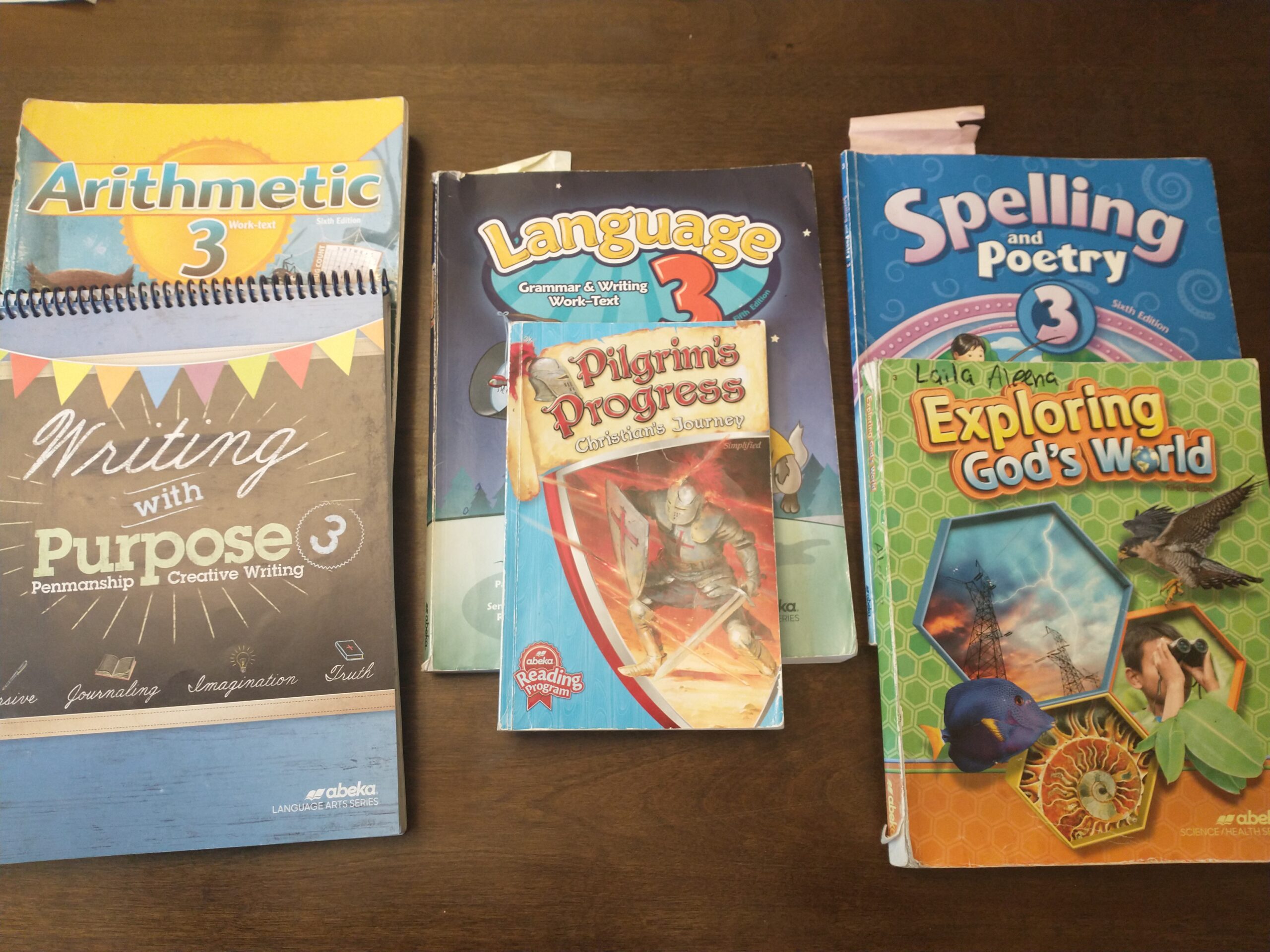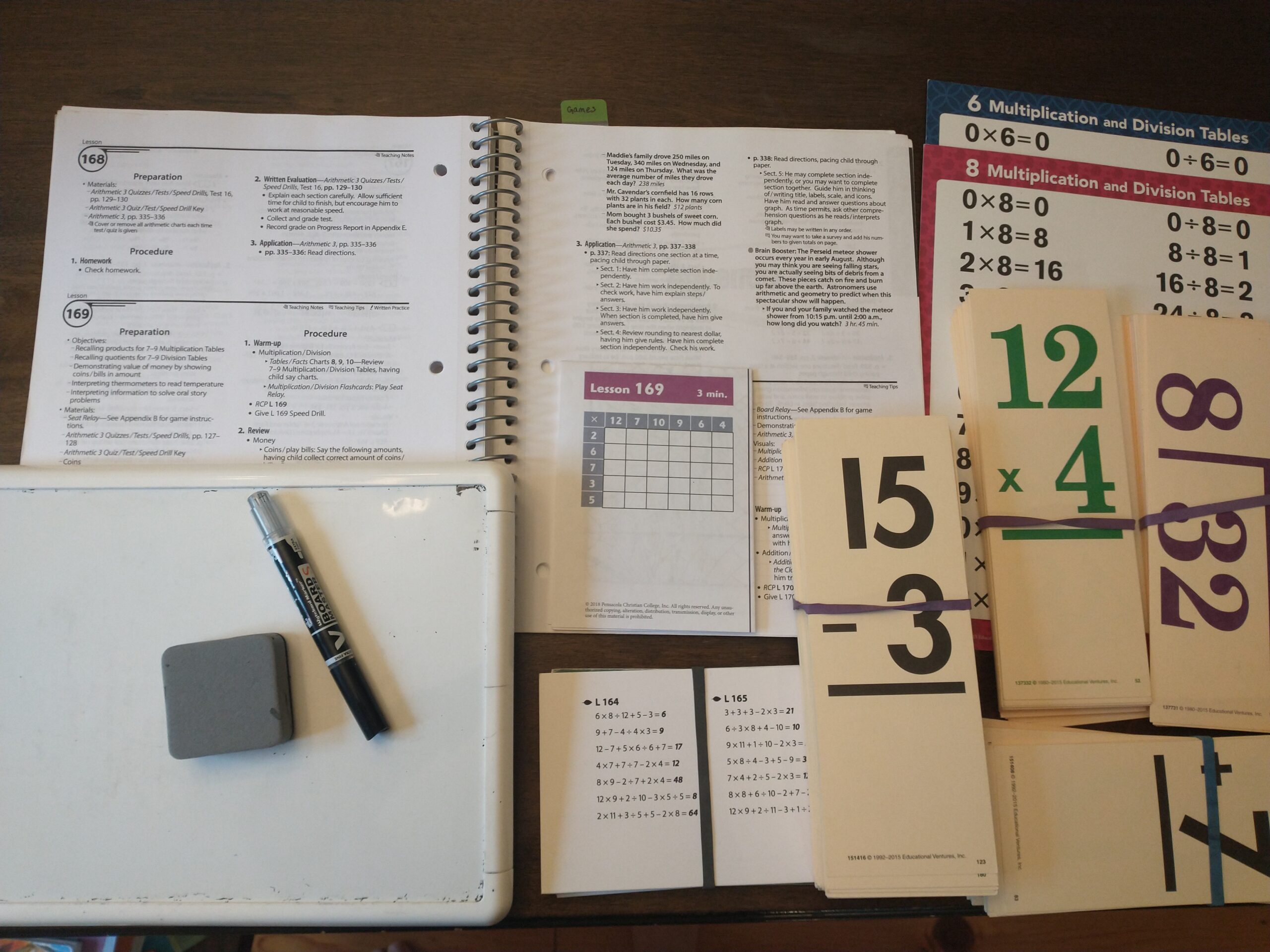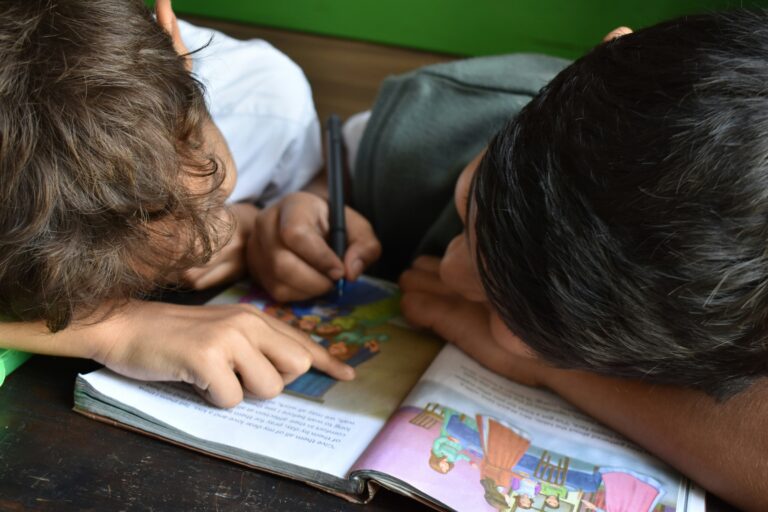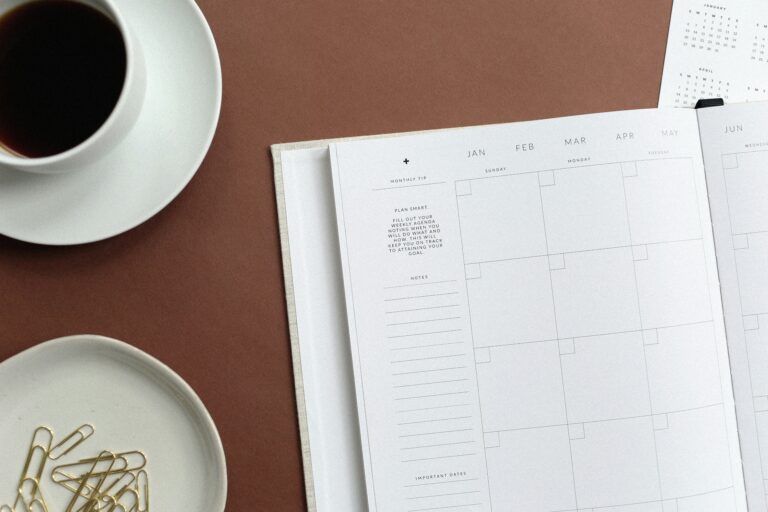abeka parent led: how to teach and why we love it
Why Abeka parent led?
When I started looking at homeschool curriculum Abeka Parent Led was the winner HANDS DOWN.
1. Abeka is comprehensive
Abeka is highly criticized for being too difficult and “extra”. It’s a comprehensive curriculum with high standards. Comprehensive means they include EVERYTHING you would ever need to teach the subject. This doesn’t mean you HAVE to do ‘all the things’, but they are available for you if you do.
2. Abeka teaches self discipline
As far high standards- wouldn’t you want your child to shoot for the stars and do their best? I personally feel that is part of my calling as Mom. Abeka is encouraging and emphasizes doing your best and working hard. It teaches self-discipline. We can all use a reminder to do this in our daily life.
3. Abeka offers built-in feedback
Testing can always be optional (that would make these days “off” days for you if you don’t test) but I appreciate the feedback so I know if my daughter is learning, and if i’m doing a good job and what we need to work on. That is valuable information!
4. Abeka has built in review
Abeka has built in repetition and review to help your child understand the concept. So if they don’t get it the first time, be assured they will get it by the 3rd or 4th time (or more) that it’s gone over.
5. Abeka encourages independent learning
Abeka encourages a move towards independent learning. Since it is somewhat routine based and “familiar”, children know what to expect as they grow older and continue to fall into the same rhythms but independently.
6. Abeka is FUN!
The games included are active and very fun. So school is not “sitting at a desk” all day.
7. Abeka is Objective
I found the curriculum to be objective (for the school subjects – obviously Bible is another story!). History and science include Christian people, but it’s not exclusive to only Christian people. Political opinions were neutral.

What do I get with the Abeka parent led Homeschool Curriculum?
Abeka has 170 lessons of curriculum, with 10 lessons reserved for educational field trips to equal a total of 180 lessons.
Why abeka Parent led?
Abeka Parent Led is great for many reasons!
1. Abeka Parent Led is flexible
You can take the teachers manual and look at the week. Lessons that end in 0 and 5 are designed to be done on Fridays (for a Monday-Friday school week). If there is a review day your child doesn’t need and you have an event, you can always skip that review day or couple in with another day. You can also give your child a test to take on a day where you don’t plan on teaching a lesson.
Keeping yourself on pace “week by week”, it helps from “taking a day off”, pushing school back, and having school be prolonged forever.
2. Abeka Parent Led lessons take less time
Abeka Parent Led lessons take less time when compared to the video lessons. It is possible for 3rd grade lessons to be completed in about 3 hours.
3. Abeka Parent Led lessons are screen free
You may feel drawn to having a “real” teacher teach your child, but don’t underestimate yourself! This is where the testing materials come in handy. If you are teaching your child and they are able to pass the tests, you can be assured they are learning!
4. Abeka Parent Led lessons are less expensive
Whether you buy new or used (on eBay) – the price difference is notable when compared to the video lessons. Especially if you don’t purchase everything.
What subjects does Abeka Parent Led offer?
Bible
English (which includes Penmanship and Creative Writing)
Spelling
Math
Reading
Reading Comprehension
Health
History
Geography (Separate for 3rd grade, coupled together for 2nd grade)
Science
How Long to teach abeka?
Durenda Wilson’s book “The Four Hour School Day” is a priceless resource for homeschool families.
Objectively, I chose to modify the curriculum to take 3-4 hours a day for 3rd grade. We push to finish before noon, because if school goes on after lunch it can be a drag. Things like reading can be done “on the go”, or stray papers can be finished while you’re making dinner. But checking papers while you’re cooking is something you may like to avoid!
For History, Science, and Health, we just read through the books (10 minutes or so most days) and ask the included questions in the book as we go along. I do not administer tests for these subjects at this age and probably wouldn’t until middle school, although you can purchase them as part of parent led curriculum.
Since Abeka encourages independent learning, my Mom “hands on” teaching time is about 1.5 hours for Bible (30 minutes), English (15 minutes), Spelling (15 minutes), Math (30 minutes), and then I check in for her independent seat work and reading rest of the time.
abeka homeschool Routine
Getting Started
I try to get her started on certain papers as early as I can. She makes her bed, gets dressed, and I style her hair before this. Usually she has served herself breakfast and eaten it (2nd half of 3rd grade she was able to do this).
Geography
Geography includes a worksheet and maps review. This is something I can quickly get to her while I’m still getting myself organized. I did one of these papers every other day for half the year. There are 35 (?) lessons so if you started at the beginning of the year it should be 1x/week.
Reading Comprehension
Reading Comprehension (once a week for the full year once a week compared to once a week for half the year for 2nd grade) is combined with Bible reading. These lessons are outlined in the Reading section of the English Teachers Book. These are also something she can do independently in the AM.
Science/Health/History
She can also do her Science or Health reading (10 min most days). We read through these books one at a time. I chose to read History with her as it was more difficult. I ask her the questions in the sections of the book after she’s read that day.
Reading
Her “regular” school reading is 10 min most days of the week. We read through all the Abeka reading books for her grade level. I ask end of chapter questions – the answers in the “Reading” answer key.
Bible
When i’m ready, we start with Bible. The Bible curriculum also includes saying the Pledge of Allegiance and singing patriotic songs. We have the Abeka Sing Unto the Lord 3 CD and the Abeka Sing Unto The Lord Songbook. We used a CD player very similar to this for the last two years which fits in our school drawer!
Bible has 2-3 storybook lessons a week, two review days, and one cumulative review. If you are short on time, you can just do the lessons and cumulative review day 3x a week.
For some of the activities, you need a Bible for your student to look up verses, and for Bible reading time. Abeka uses KJV, and the “answers” for the verses being looked up are in KJV. For 3rd grade, there are also Bible Worksheets, which are in the back of the Teacher’s book, which you can photocopy. There is a worksheet each time you finish one of the Bible storybooks.

English
These lessons take me less than 15 minutes to teach, then she follows up with usually 1 side of a worksheet (sometimes two). Test days do not have a worksheet that day. I either have her do the seat work paper right after I teach, or she can do it after I am done teaching everything. I allow 5-15 minutes to do these papers.
You will need to photocopy Spelling Tests and progress reports in the back of the teachers manual.
For supplemental materials, this year I bought the Language Charts. If you would have a hard time remembering some of the language rules, the charts have the rules listed on them, so you can grab a numbered chart (which is more fun for the kids to look at anyways) instead of flipping back through the lessons to see what rule needs to be reviewed.
I use the Sentence Strips in the back of the book, but I do not bother photocopying these. I look them up in the back of the book when it’s called for in the lesson.

Penmanship
Half of the year is learning and practicing penmanship, and the second half of the year is all types of writing – writing a paragraph, creative writing, writing a newspaper, writing a play, writing a letter, writing a summary.
These lessons are mostly independent, they usually take me less than 5 minutes to go over, and I decide if she should either complete the assignment now (with a visual timer set for 15 minutes), or save to do later with any other papers.
This is when I’ll get math charts ready for her to recite (every math lesson starts with reviewing some multiplication or division tables).
Spelling
She starts with reciting the spelling words independently.
Then I actually like to move to the living room and fold laundry while she plays the spelling game. I take the list and we play the different games and practice while I fold. This takes about 15 minutes.
They should copy the spelling list onto paper every day as part of their seat work (if they need it of course – my daughter does), and there are review activities for them to do in the spelling book a few days a week.
When I introduce the new spelling list, I use the spelling sentences in the back of the book to read out loud for examples.
Math
I use the Homeschool Arithmetic 3-6 Tables and Facts Charts so she can review/recite the tables while I’m getting prepared for the lesson. We then play whatever the suggested game of the day using Flash Cards for a few minutes. Then we use the Rapid Calculation Practice Cards while we play “Speedy Sam”. The Rapid Calculation Practice is mostly a long series of math equations for practice. Like 3 x 6 + 7 – 9…. I say one function/number at a time and she steps forward to indicate she knows the answer (she does not say it out loud). When I say “equals” she recites the answer. These are very fun and excellent practice.

Then we do a timed Speed Drill (4 of these a week). These are 1-3 minutes long.
The lesson is on the longer side to teach, maybe 15 minutes. Coupled with the review portion of the lesson it can be up to 30 minutes.
I kept from the Arithmetic 2 Charts and Games the thermometer, place holder “houses”, 1-100 number chart, and the animal game which we used this year. We also use the Concept Cards, a clock, a bag of money for counting, a bag of pennies for counters, and a stopwatch.

Finish Papers
Then it’s time to finish papers and stray school work and hopefully we can be done before lunch!
abeka Tips
– I LOVE this visual timer. It helps keep us on task for papers and even other things (like “get ready” time in the bathroom!)
-Get them started ASAP because they will get bored as the day goes on and want to play!
– My daughter is a gifts love language. Beyond my understanding, she LIVES for getting stickers to reward a timely or correctly done piece of work. I buy them by the roll at Dollar Tree in the Educational section.
-Use sticky notes or tabs to note the sections of the teachers manuals that you use frequently, like the Games or Spelling Sentences for the spelling lists, or the different sections like Reading and Penmanship. We also mark what page we’re on in her work book with a sticky note.
-If your child is breezing through a subject, as long as you keep in mind review and drilling concepts is very important for retention, you can modify/skip some review as needed.
-My daughter is a lefty and I share here how I bind her books!
Conclusion
Abeka is a wonderful, comprehensive homeschool curriculum that includes everything you need and that doesn’t need to be overwhelming. It’s easily modifable for you and your child’s needs, is fun, engaging, and WORKS!
I am not exaggerating when I say that Abeka has changed our family dynamic for the better! Putting God first, working hard and staying disciplined in all we do has brought good fruit to our lives.
FOLLOW ME FOR MORE!
Learn more about me here!
If you need to get consistent with your self care, read here <3
Purchase a kitchen scale here!
If you want to know more about how to track macronutrients to meet your health goals read here!
If you’d like an example of a quick dinner meal we enjoy check this out!
*As an Amazon Associate I earn from qualifying purchases*






